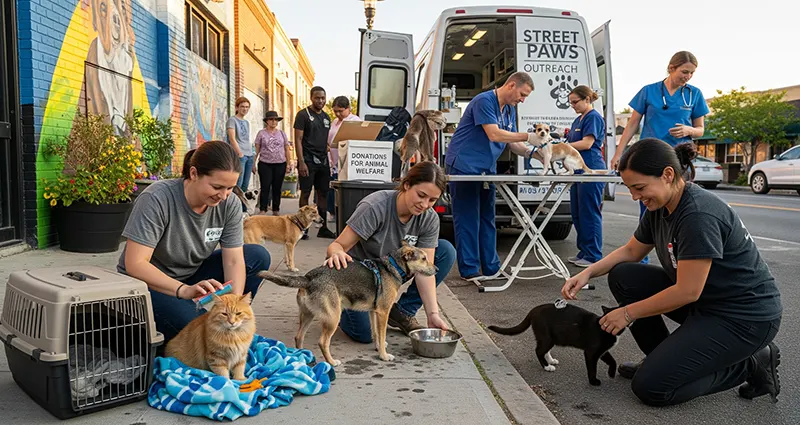Street dogs and cats are an important part of many communities across the United States. While often resilient and adaptive, these animals face numerous challenges including lack of proper nutrition, exposure to harsh weather, disease, and risk of injury. Promoting humane treatment of street dogs and cats in the US is crucial for their welfare, public health, and fostering compassionate communities.
Understanding the Challenges Faced by Street Dogs and Cats
Street dogs and cats, often referred to as stray or feral animals, live without consistent human care. Challenges they face include:
- Scarcity of food and clean water
- Exposure to illness and parasites
- Injuries from accidents or altercations
- Reproductive overpopulation, leading to unchecked community growth
- Human hostility or neglect
Addressing these difficulties through humane practices benefits not only the animals but also reduces potential health risks for humans.
Humane Approaches to Caring for Street Animals
1. Trap-Neuter-Return (TNR) Programs
TNR is a widely accepted method for managing feral cat populations humanely. It involves trapping the animals, sterilizing them to prevent reproduction, vaccinating and providing medical care, and then returning them to their original location. TNR helps reduce overpopulation and associated issues such as disease and suffering.
2. Providing Accessible Food and Shelter
Organizations and caring individuals often create feeding stations and provide shelters for street animals, helping ensure they have access to nutrition and protection from extreme weather conditions. Properly maintained feeding and sheltering can improve quality of life and encourage healthier populations.
3. Medical Care and Vaccinations
Regular veterinary interventions—such as vaccinations against rabies and other diseases, treatment for parasites, and care for injuries—are essential components of humane treatment. Many shelters and animal welfare groups provide mobile clinics or outreach programs to reach street animals.
4. Rehoming and Adoption Initiatives
Whenever possible, socialized street dogs and cats are rescued, rehabilitated, and placed in permanent loving homes. Adoption programs play a critical role in reducing street populations and giving animals a better quality of life.
5. Community Education and Engagement
Educating communities about the importance of humane treatment and responsible pet ownership reduces abandonment and encourages participation in TNR and rescue efforts. Public awareness campaigns foster empathy and collective responsibility for street animals.
Legal and Organizational Support
Many US states and municipalities have enacted laws to protect street animals, regulate humane treatment, and support animal control programs. Organizations such as the ASPCA, Humane Society of the United States, and local shelters actively promote and implement humane treatment initiatives.
The humane treatment of street dogs and cats in the US is a vital aspect of animal welfare that promotes healthier communities and compassionate coexistence. By supporting TNR programs, providing food and shelter, ensuring medical care, facilitating adoption, and engaging communities, we can significantly improve the lives of street animals. Collective effort from citizens, veterinarians, local governments, and animal welfare organizations is key to fostering dignity, care, and respect for these often-overlooked members of our society.












